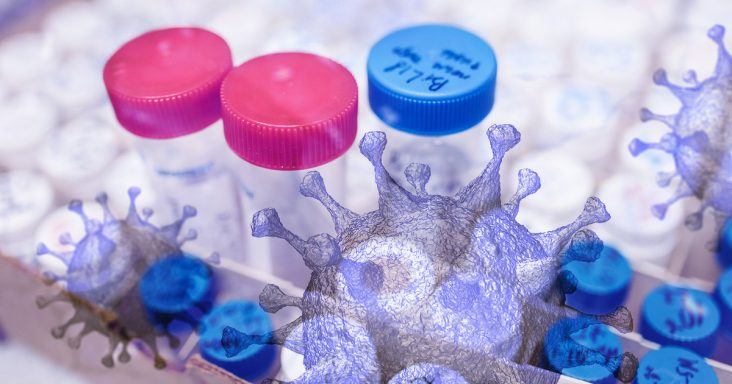UAMS modeling suggests steep rise in COVID-19 cases, need for ICU beds
by August 4, 2020 5:10 pm 1,678 views

Updated COVID-19 modeling posted Tuesday (Aug. 4) by the University of Arkansas for Medical Sciences predicts Arkansas will have 52,400 known community cases by Aug. 10, meaning the state will add on average 1,169 new reported cases each day in the next six days.
The Arkansas Department of Health (ADH) on Tuesday reported 45,381 cumulative cases, with an increase in 784 total cases between Monday and Tuesday. The new report predicts 543 deaths by Aug. 15, meaning the state will add another 53 deaths in the next 11 days. The ADH on Tuesday reported 490 known cumulative COVID deaths.
The new modeling is based on ADH data through July 30, and unlike the previous two reports, does not include long-term estimates for new cases, hospitalizations, ICU beds needed and ventilators in use.
“We are not providing long-term COVID-19 case or hospitalization projections for this bi-weekly report. There have been a number of changes in our understanding of COVID-19 due to recent reports in the peer-reviewed press, and we believe it is time to reassess the assumptions under which the model has been operating,” noted the UAMS report.
Factors that have changed include reports that there are as many as 20 times the number of asymptomatic cases as previously thought, and that the viral concentration of the upper-respiratory tracts of children is much higher than in adults.
“This suggests children may be more infectious than previously thought. The implications of these findings requires our team of faculty scientists to reassess the assumptions under which the eSIR model operates. We anticipate having model assumptions updated in time for the next bi-weekly report,” the memo advised.
Following are other estimates and findings in the UAMS report.
• As expected, with the rise in number of hospitalizations, the model shows similar results for ICU admissions. The model is forecasting there will be around 1,285 COVID patients needing an ICU bed by Aug. 15.
• Using data from early in the pandemic (50 days), the model estimated 17,000 cases by August 15th. Using data further out (75 days) produced an estimate of only 11,000 cases by the 15th. Following the implementation of the phased state opening, actual and predicted cases rapidly increased, diverging from the flattened curve. The current curve is now steeper than it was in the first part of the pandemic. A steeper curve means quicker disease spread.
• Older Arkansans are at higher risk of contracting COVID-19, hospitalization, and death due to COVID-19. Nevertheless, children, including children under five, have been diagnosed and hospitalized with COVID. Perhaps more importantly, the number of COVID cases diagnosed in children under 19 has increased since the pandemic began in Arkansas.
• Persons who have been infected with COVID and recovered should be followed over time. Recent data have shown this group, even if they show extremely mild symptoms during infection, may experience serious non-respiratory COVID related symptoms over time.
• Blacks are three times more likely to be hospitalized or to have an ICU admission as whites. Hispanics are nearly four times more likely to be hospitalized than whites.
The report also noted that the near-term may determine if efforts to contain the virus spread are working.
“Arkansas is entering a period in which we will learn whether we can gain some type of control over the COVID-19 epidemic in the state. Case reports during the last week in July suggest growth in cases may be leveling off. Specifically, over the past week, we have seen roughly the same number of new cases reported each day. This would suggest the curve may be leveling off, albeit at a very high rate of daily new infections. Yet, as this virus has taught us, recent data are not particularly good indicators of long, or even short-term trends. If we are to gain some type of control over case growth and effectively ‘flatten the curve,’ it may well have to be now.”
